News Desk
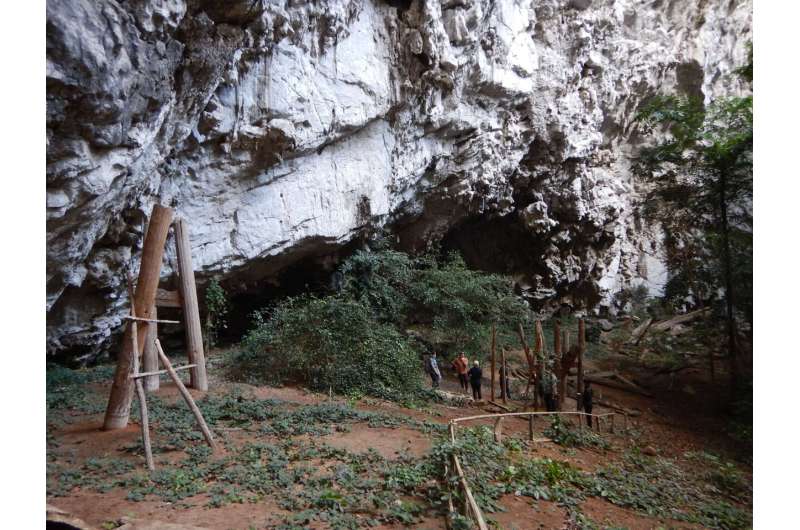
“Our research examines the relationship between humans and their environments in the seasonal tropics. One crucial aspect is the exploration of the social structure of these prehistoric communities, as well as explaining their connections with other pre-Neolithic, Neolithic and post-Neolithic groups in this region”.

The idea that two different human species, Homo sapiens (us) and Neanderthals, co-existed in western Eurasia 50–40,000 years ago has long captured the imagination of academics and the public alike.

Could LSD, Ketamine and ayahuasca revolutionise mental health treatment? The Brave New World podcast speaks to experts David Nutt and Amanda Feilding about the psychedelic renaissance. (10 min clip).
Image from: Justin Cooke (Wiki Commons)
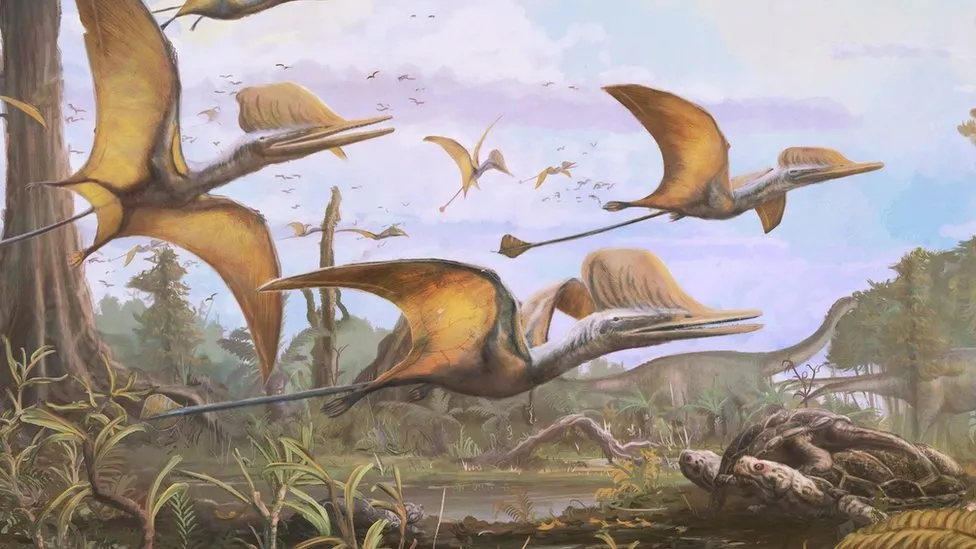
A unique species of flying reptile, or pterosaur, that lived 168-166 million years ago has been discovered on the Isle of Skye…Scientists were surprised to find a pterosaur from this period off Scotland’s west coast – they were thought to mostly live in China.

Scholars of antiquity believe they are on the brink of a new era of understanding after researchers armed with artificial intelligence read the hidden text of a charred scroll that was buried when Mount Vesuvius erupted nearly 2,000 years ago.

The evidence comes from a chemical analysis of more than 100 tiny pieces of rock entrained within the White Continent’s ice, researchers report in the Feb. 1 Earth and Planetary Science Letters.
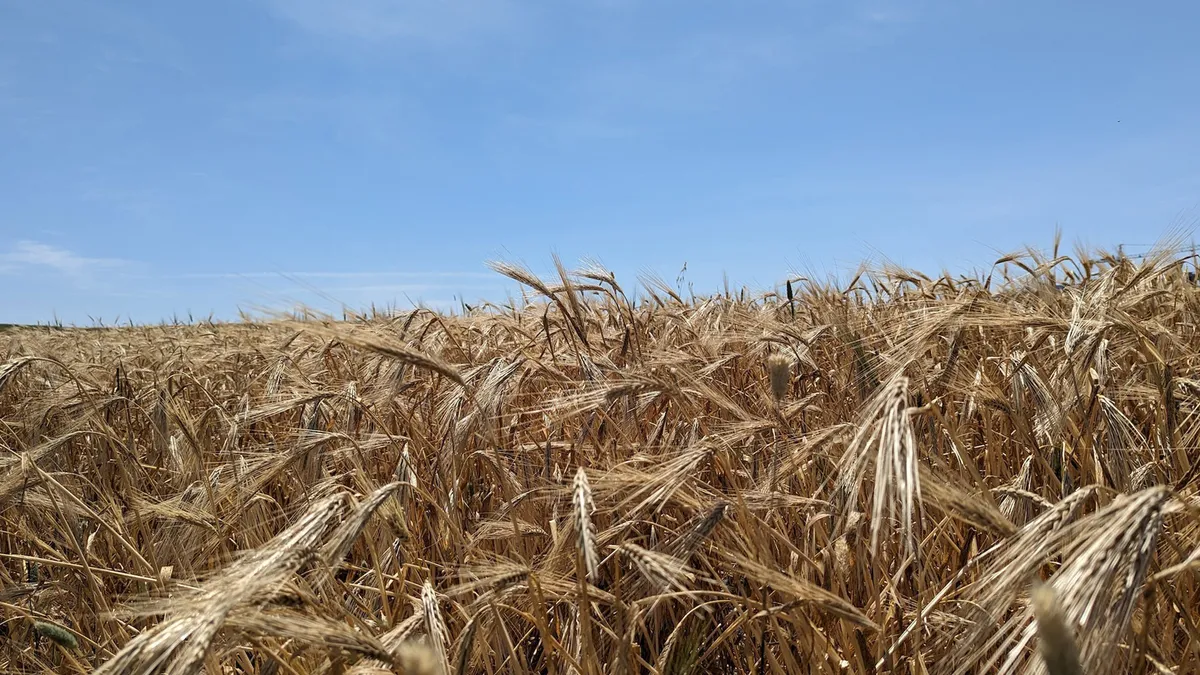
Recent research…points to rapid development in the Middle East, in the region known as the Fertile Crescent. The innovations that came about there subsequently spread, and were adopted by hunter gatherer communities in the Anatolian peninsula (present day Turkey).

New research suggests that low doses of MDMA can help to reduce the challenging effects associated with psychedelic drugs like LSD and psilocybin, the active component in magic mushrooms. The findings, published in Scientific Reports, shed new light on the effects of “candy flipping” and “hippy flipping”…

Rare tree fossils preserved with their leaves have an architecture unlike any plant known today and represent the earliest evidence of smaller trees growing beneath the forest canopy. See the study, published in the journal Current Biology.

New evidence from the fossilised skulls of a 6-million-year-old ape called Lufengpithecus has revealed important clues about how our quadrupedal ancestors made the transition to walking on two legs. The analysis is published in the journal Innovation.
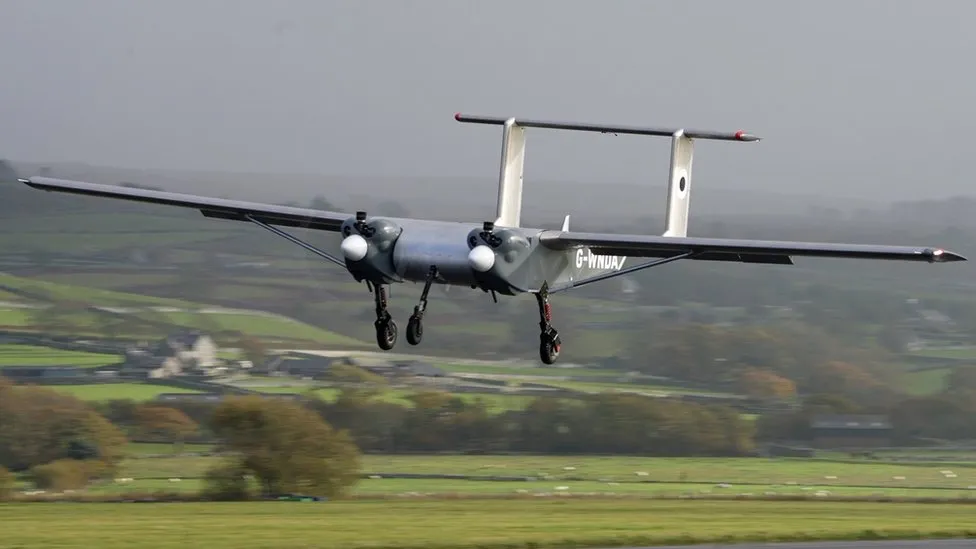
The autonomous plane will map areas of the continent that have been out of bounds to researchers.

Scientists are finding ever-earlier examples of artistic expression in the archaeological record that reshape what we know about the cognitive abilities of our archaic human relatives, such as Neanderthals.
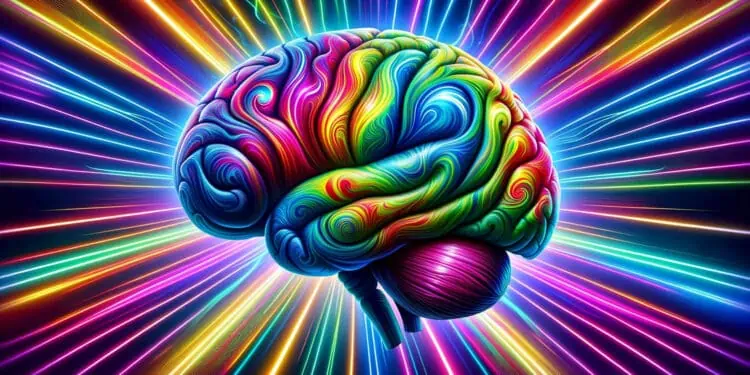
MDMA-assisted therapy for post-traumatic stress disorder (PTSD) appears to have positive effects on mental processes related to self-experience, such as emotional awareness and self-compassion, which are often linked to poor treatment outcomes in traditional therapies, according to new research published in PLOS One.
A surprise discovery of human remains in a German cave has “fundamentally changed” the story of our species’ migration into Europe. Their findings were published across three major research papers in the journal Nature.
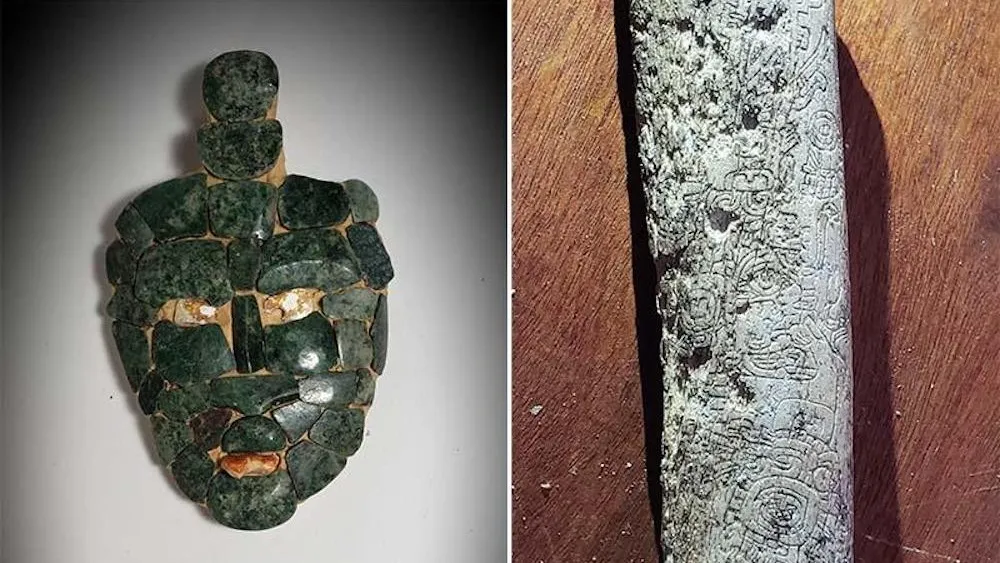
Archaeologists have discovered a 1,700-year-old royal tomb in Guatemala that’s overflowing with funeral offerings, including an intricately designed jade mask depicting a Maya deity.

A pair of historians at the University of Tübingen have found evidence that an ancient baton, thought to be a work of art created by early humans thousands of years ago, is actually a device to assist with making rope. The study is published in the journal Science Advances.








